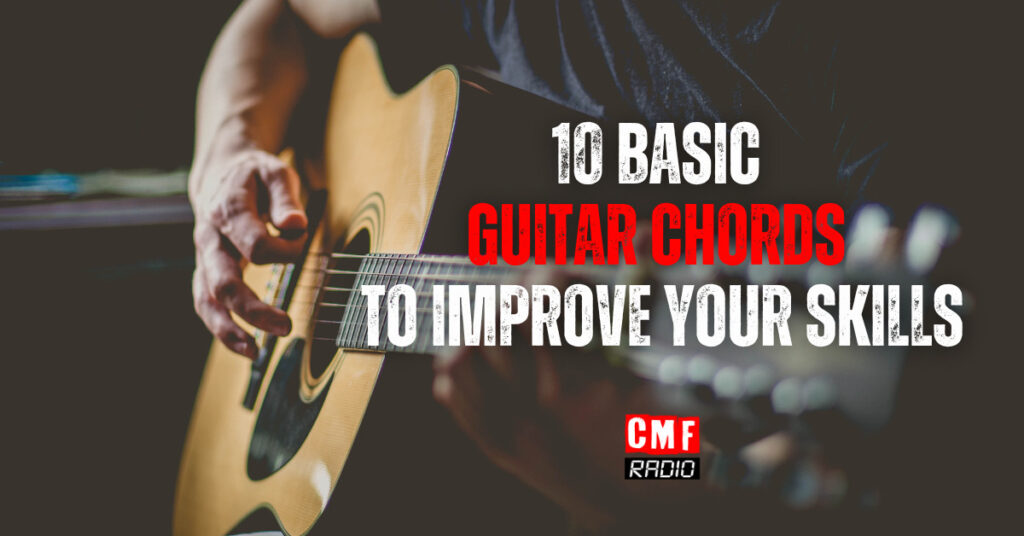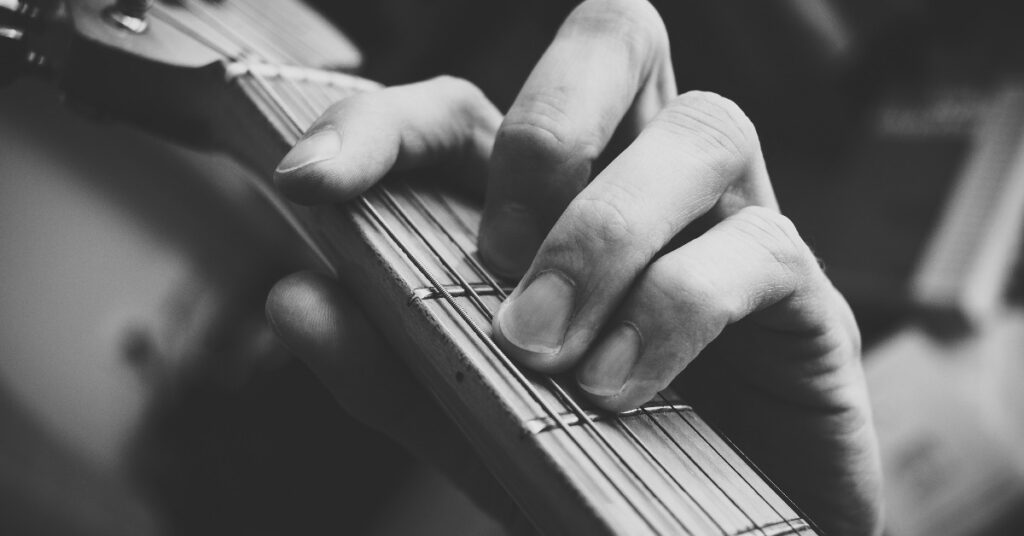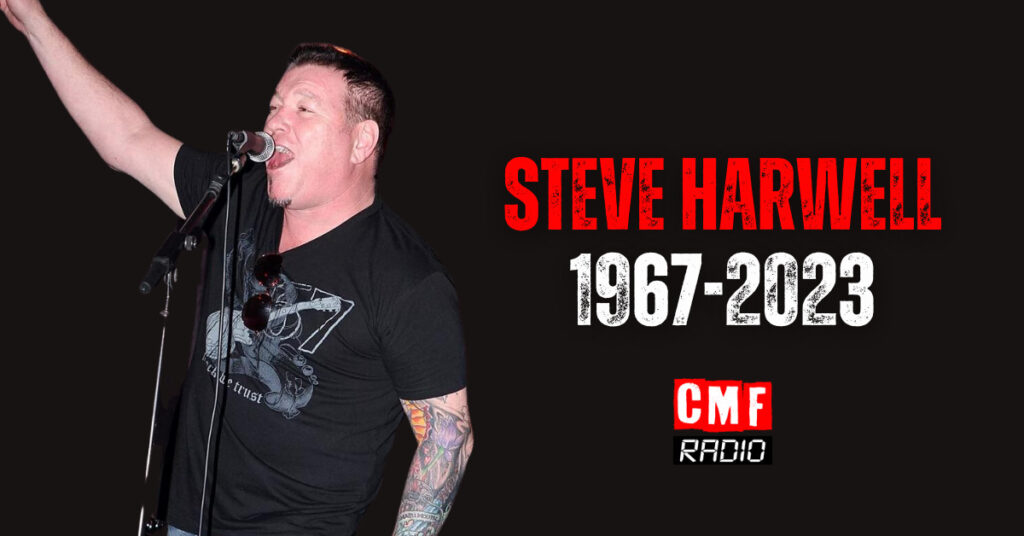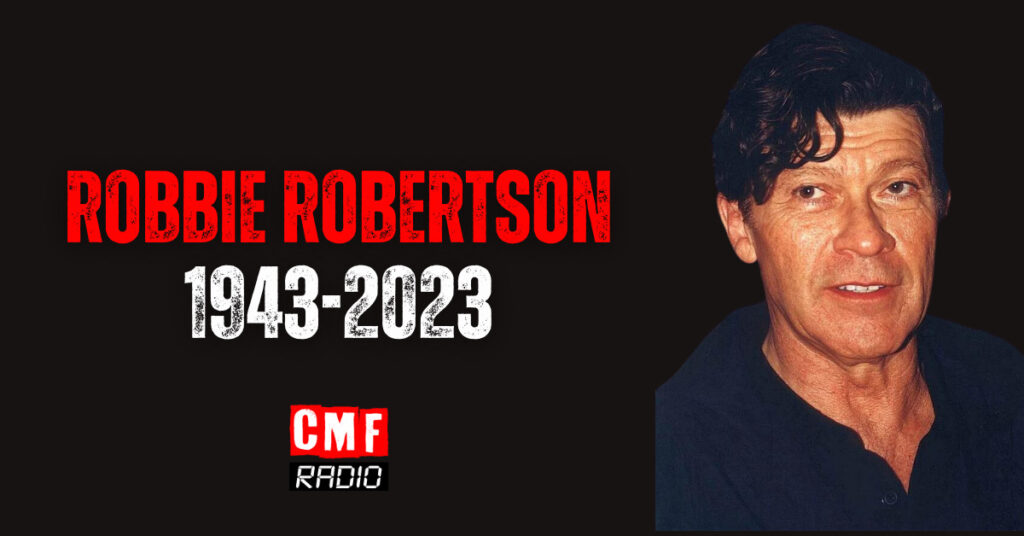
Learning guitar can be a challenging yet rewarding experience.
As a guitarist myself, I remember the thrill of picking up a guitar for the first time and feeling a sense of excitement mixed with anticipation.
However, I also recall the frustrations that came along with it – the sore fingers, the seemingly impossible finger placements, and the discouragement of not sounding quite right.
But through perseverance and practice, I discovered that there are basic guitar chords that can help any beginner improve their skills.
In this article, I will share some of these chords, their finger placements, and the different sounds they produce.
A Major
The A Major chord is one of the fundamental chords every guitarist should learn. It is relatively easy to play and sounds bright and cheerful.
To play this chord, place your index finger on the 1st fret of the 2nd string, your middle finger on the 2nd fret of the 4th string, and your ring finger on the 2nd fret of the 3rd string.
Strum the strings from the 5th string down, avoiding the 6th string.
C Major
Another essential chord is the C Major. This chord has a fuller sound and is frequently used in many songs.
To play it, place your index finger on the 1st fret of the 2nd string, your middle finger on the 2nd fret of the 4th string, and your ring finger on the 3rd fret of the 5th string.
Strum from the 5th string down, avoiding the 6th string.
D Major
The D Major chord adds a joyful and uplifting element to your playing.
It requires placing your index finger on the 2nd fret of the 3rd string, your middle finger on the 2nd fret of the 1st string, and your ring finger on the 3rd fret of the 2nd string.
Don’t strum the 6th string when playing this chord.
E Major
The E Major chord is a staple for any guitarist. It has a bright and energetic sound that adds a sense of excitement to your playing.
For this chord, place your index finger on the 1st fret of the 3rd string, your middle finger on the 2nd fret of the 5th string, and your ring finger on the 2nd fret of the 4th string.
Strum all strings except the 6th string.
G Major
The G Major chord is a bit more challenging than the previous ones, but it is well worth the effort. It has a warm and open sound that is commonly used in various genres of music.
To play this chord, place your index finger on the 2nd fret of the 5th string, your middle finger on the 3rd fret of the 6th string, and your ring finger on the 3rd fret of the 1st string.
Strum all the strings for this chord.
A Minor
The A Minor chord is the relative minor of the C Major and has a melancholic and introspective sound.
It is relatively straightforward to play, making it a great starting point for beginners.
To play this chord, place your index finger on the 1st fret of the 1st string.
Strum from the 5th string down, avoiding the 6th string.
B Minor
The B Minor chord adds a touch of depth and emotion to your playing.
It requires placing your index finger on the 2nd fret of the 5th string, your middle finger on the 3rd fret of the 4th and 3rd strings, and your ring finger on the 4th fret of the 2nd string.
Strum all the strings for this chord.
C Minor
The C Minor chord has a melancholic and moody sound that can create a sense of longing in your playing.
To play this chord, place your index finger on the 3rd fret of the 5th string, your middle finger on the 4th fret of the 4th and 2nd strings, and your ring finger on the 5th fret of the 3rd string.
Strum from the 5th string down, avoiding the 6th string.
D Minor
The D Minor chord adds a touch of darkness and mystery to your playing.
To play this chord, place your index finger on the 1st fret of the 1st string, your middle finger on the 2nd fret of the 3rd string, and your ring finger on the 3rd fret of the 2nd string.
Strum from the 4th string down, avoiding the 6th string.
E Minor
The final chord on our list is the E Minor, which has a mellow and introspective sound.
To play this chord, simply place your middle finger on the 2nd fret of the 5th string and strum from the 6th string down, omitting the 5th string.

Learning guitar and mastering these basic chords may seem daunting at first, but with practice and perseverance, they will become second nature.
Using chord charts and focusing on hand placement will help you improve your skills and ensure that you are playing the chords correctly.
Remember, it’s not about how quickly you progress, but rather the time and effort you invest into your practice.
So pick up that guitar, experiment with these chords, and let the magic of music unfold before you. Happy strumming!











